Surgical tools Stable Veterinary instruments Bone Holding Forceps
Made from high-quality stainless steel, these instruments are durable and resistant to corrosion, ensuring a long lifespan even with repeated use.
Category: BONE HOLDING, CUTTING FORCEPS AND BONE RONGEURS
Tags: BoneCuttingForceps, BoneCuttingTools, BoneForceps, BoneSurgeryInstruments, DurableSurgicalInstruments, HighQualityForceps, ListonBoneCuttingForceps, ListonForceps, MedicalBoneCutters, OrthopedicInstruments, OrthopedicSurgery, OrthopedicSurgicalTools, OrthopedicTools, PrecisionForceps, ProfessionalBoneCutters, ReliableOrthopedicInstruments, StainlessSteelForceps, SurgicalBoneCutters, SurgicalEquipment, SurgicalInstruments
Description
Surgical tools Stable Veterinary instruments Bone Holding Forceps
Stable Veterinary Bone Holding Forceps are crucial instruments used in veterinary orthopedics to stabilize and hold bones during surgery. These forceps ensure accurate alignment, preventing unwanted movements of bone fragments during procedures. Made with high-quality materials and a well-thought-out design, these tools offer unparalleled reliability and performance. In this comprehensive guide, we will explore the design, applications, benefits, and maintenance of Stable Veterinary Bone Holding Forceps, emphasizing their importance in veterinary surgical practices.
1. Overview of Stable Veterinary Bone Holding Forceps
Bone holding forceps are specialized instruments used by veterinarians during surgeries involving fractures or complex bone manipulations. They come in various sizes and are engineered to secure and stabilize bones while the surgeon works on other aspects of the procedure. Bone holding forceps are essential when dealing with bone realignment, implant placement, or repair, offering a secure grip that minimizes the risk of bones shifting during surgery. Made from high-quality stainless steel, these instruments are durable and resistant to corrosion, ensuring a long lifespan even with repeated use.
Key Features of Bone Holding Forceps:
- High-Grade Stainless Steel Construction: Ensures durability, corrosion resistance, and is compatible with autoclaving for sterilization.
- Ergonomic Handles: Designed to reduce fatigue and enhance precision, the ergonomic handles provide comfort even during long procedures.
- Ratchet Locking Mechanism: Allows for a secure, hands-free hold on bones, freeing the surgeon to perform other aspects of the surgery.
- Non-Slip Jaws: The jaws are specifically designed to provide a firm grip without damaging delicate bone tissue.
2. Applications in Veterinary Surgery
Stable Veterinary Bone Holding Forceps are widely used in a variety of veterinary orthopedic surgeries. Their versatility makes them suitable for many types of operations, ranging from minor repairs to more complex procedures. Some of the common applications include:
- Fracture Repair: Bone holding forceps are crucial for stabilizing and aligning fractured bone fragments to facilitate proper healing.
- Bone Realignment: In surgeries requiring realignment, these instruments hold the bones in place while the surgeon adjusts and repairs them.
- Implant Placement: Bone holding forceps ensure bones remain stable while surgical implants such as screws, plates, or pins are inserted.
- Emergency Trauma Cases: In emergency situations, when bones are fractured, these forceps provide the necessary stabilization to control bleeding and assist with fracture reduction.
- Arthroplasty Procedures: Used to stabilize bones during joint replacement surgeries or other arthroplasty operations.
The secure hold provided by these instruments helps to minimize the time spent adjusting bones during surgery, leading to more efficient and successful outcomes.
3. Design Features and Advantages
The Stable Veterinary Bone Holding Forceps are designed to optimize surgical outcomes. Key design features that contribute to their effectiveness include:
- Ergonomic Handles: The handles are contoured for comfort and to minimize hand fatigue, which is especially important during extended surgeries.
- Ratchet Mechanism: The ratchet lock ensures that once the bone is held in place, the surgeon does not need to apply pressure, allowing for improved efficiency manually.
- Variety of Sizes and Styles: These forceps are available in various sizes to accommodate different animals, from small pets to large livestock.
- Precision Grip: The non-slip jaws are designed to grip bone securely without causing damage, which is essential for maintaining the integrity of delicate bone structures during surgery.
- Versatility in Use: These forceps are not only useful in orthopedic surgeries but are also valuable in general soft tissue surgeries where bone stabilization is required.
4. Benefits of Using Stable Veterinary Bone Holding Forceps
Stable Veterinary Bone Holding Forceps offer several advantages, making them indispensable in veterinary surgery:
- Increased Precision: The secure hold on bones ensures that surgeons can work more precisely, reducing the risk of complications and improving surgical outcomes.
- Enhanced Surgical Efficiency: By maintaining bone stability, these forceps minimize the need for readjustments, speeding up the overall procedure.
- Reduced Risk of Injury: A firm, non-slip grip helps prevent bone movement during surgery, minimizing the risk of soft tissue injury.
- Adaptability: Suitable for various species and types of fractures, these forceps are adaptable to a wide range of veterinary procedures.
- Durability: The high-grade stainless steel construction makes these forceps long-lasting, even with regular sterilization and heavy use.
5. Care and Maintenance
Proper care and maintenance of Stable Veterinary Bone Holding Forceps are essential to ensure their longevity and continued performance. Here are some tips for maintaining these instruments:
- Cleaning After Use: After each use, rinse the forceps immediately to remove any blood, bone fragments, or other debris. Use a brush to clean hard-to-reach areas, such as the locking mechanism.
- Sterilization: Autoclaving is the recommended method for sterilizing stainless steel forceps, ensuring they are free from any bacteria or contaminants.
- Inspection: Regularly inspect the forceps for any signs of damage, such as dull blades, rust, or cracks, which can affect their functionality.
- Storage: Store the forceps in a clean, dry place, away from moisture or contaminants, to prevent rusting and ensure their long-term usability.
6. Conclusion
Stable Veterinary Bone Holding Forceps are essential instruments in orthopedic veterinary surgery. Their durable construction, ergonomic design, and precision make them invaluable for stabilizing bones during a wide range of surgical procedures. By investing in high-quality forceps and following proper maintenance practices, veterinarians can enhance their surgical capabilities, ensuring better outcomes for their animal patients.
Reviews (0)
Be the first to review “Surgical tools Stable Veterinary instruments Bone Holding Forceps” Cancel reply
Shipping & Delivery


MAECENAS IACULIS
Vestibulum curae torquent diam diam commodo parturient penatibus nunc dui adipiscing convallis bulum parturient suspendisse parturient a.Parturient in parturient scelerisque nibh lectus quam a natoque adipiscing a vestibulum hendrerit et pharetra fames nunc natoque dui.
ADIPISCING CONVALLIS BULUM
- Vestibulum penatibus nunc dui adipiscing convallis bulum parturient suspendisse.
- Abitur parturient praesent lectus quam a natoque adipiscing a vestibulum hendre.
- Diam parturient dictumst parturient scelerisque nibh lectus.
Scelerisque adipiscing bibendum sem vestibulum et in a a a purus lectus faucibus lobortis tincidunt purus lectus nisl class eros.Condimentum a et ullamcorper dictumst mus et tristique elementum nam inceptos hac parturient scelerisque vestibulum amet elit ut volutpat.
Related products
Beyer Bone Rongeur 17 cm
Castleimpexx Manufacturing and Supplying Excellent Quality Bone Holding, Cutting Forceps and Bone Rongeurs, such as Adon Bone Ronguers, Beyer Bone Ronguers, Echlin Bone Ronguers, Gerster Lowman Bone Holder 18 Cm, Gerster Lowman Bone Holder 18 Cm, Geiger Bone Ronguers, Hartmann Bone Rongurers, Jansen Bone Ronguers, Kern Bone Holding Forceps, Lane Bone Holding Forceps, Listen Bone Cutting Forceps Angular, Leksell Bone Rongeurs, Luer Bone Ronguers, Ruskin Bone Ronguers, Stille Bone Ronguers, Ulrich Bone Holding Forceps, Van Buren Bone Holding Forceps and Wish Bone Holding Forceps.
Bone Holding Forceps 5.5″ Surgical Orthopedic Instruments
Dental Orthodontic Instrument Bone Rongeur Plier Forceps
BONE HOLDING, CUTTING FORCEPS AND BONE RONGEURS, CUTTING AND GRASPING INSTRUMENTS, DENTAL INSTRUMENTS

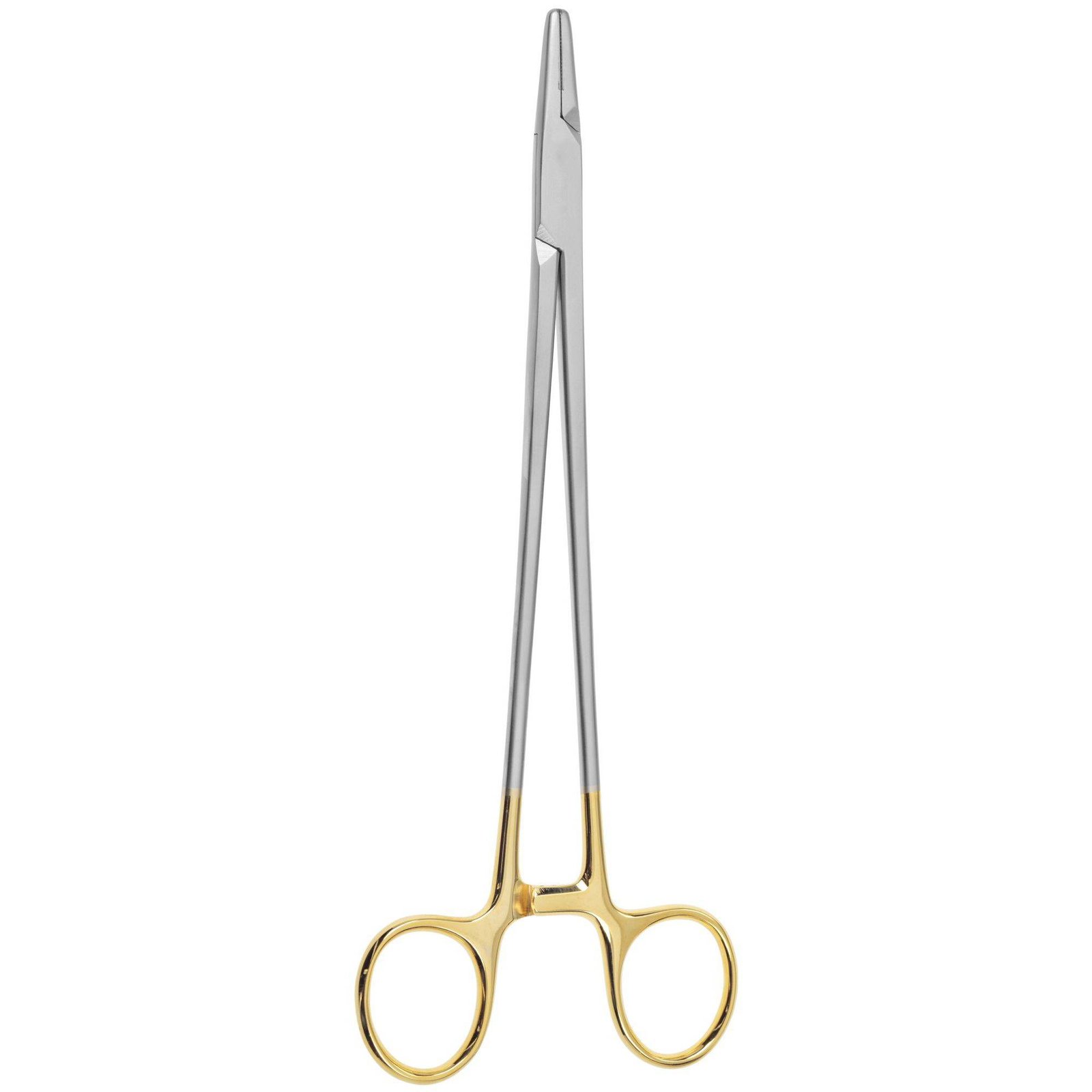
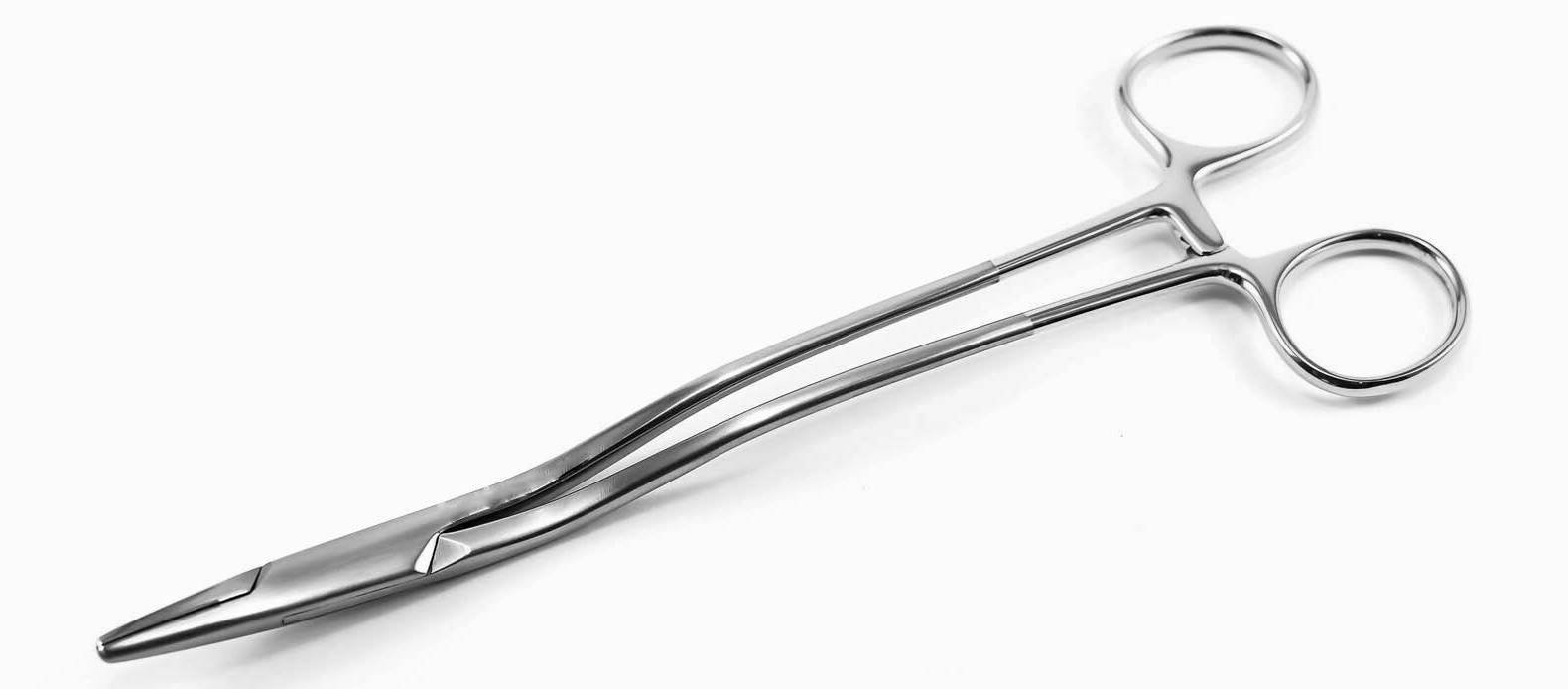
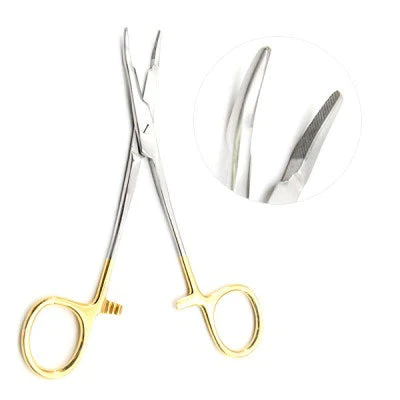














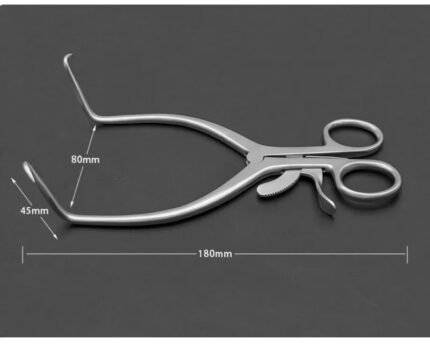

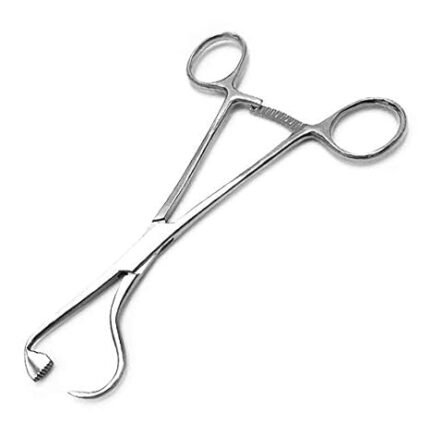
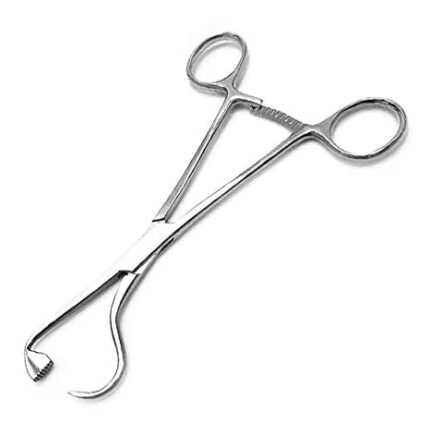
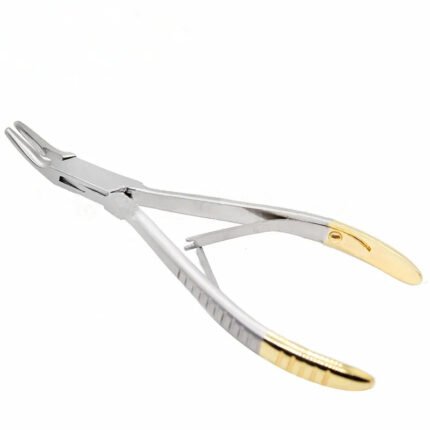

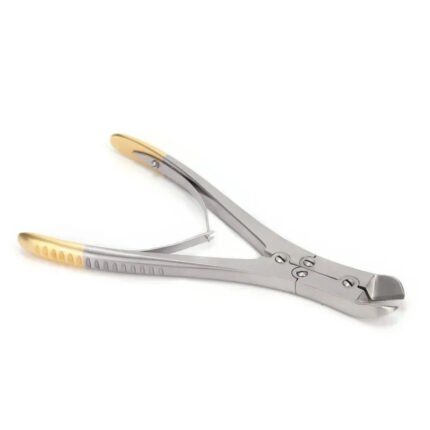
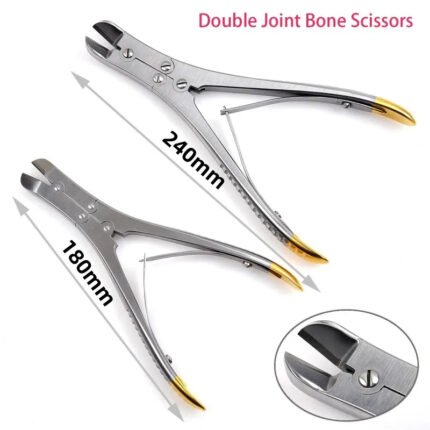
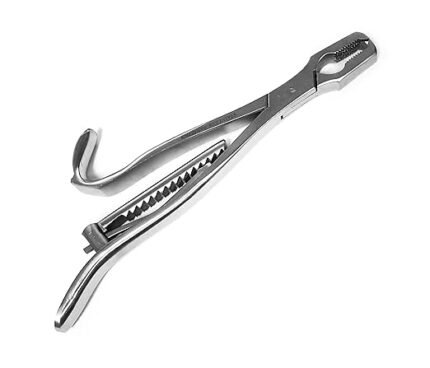



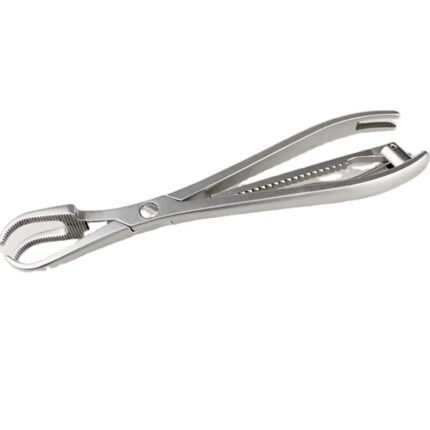


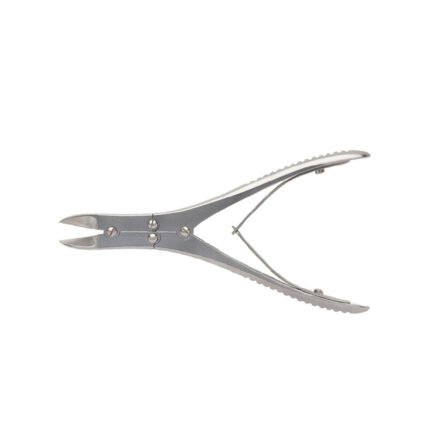
Reviews
There are no reviews yet.